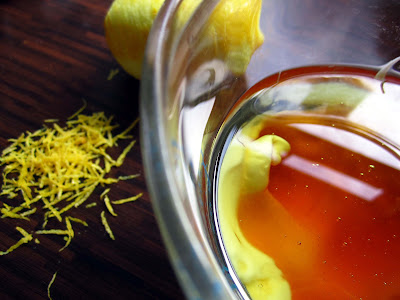So there was that little trip, another mini trip to London this week, organising my exciting and tasty Spring Graze market and it all adds up to a busy busy me right now... But everyone took a little pause on Sunday to celebrate a very important marker in time... A very important birthday, I will spare his blushes and not reveal figures, but Mr. Hedworth deserved a special cake and a tea party...
This cake comes with a warning, it's very sweet, the frosting in particular, so go easy and only proceed if you think you can take it. I'm still not ready for any form of sugar days later, saying that, it is delicious, it just packs a fair bit of sugar... I think it is a Hummingbird Bakery recipe originally, I have made a few adjustments... and made my own crystallised fruit to decorate it, surprisingly simple and totally beautiful. Simply paint berries of your choice with a lightly beaten egg white, roll in caster sugar and leave to dry on greaseproof paper over night. I even added a few mint leaves for extra foliage...
Start the caramelised pears by melting 20g of unsalted butter, 60g of honey and 40g of caster sugar together in a pan. Peel 3 pears, core and slice each into 12 pieces and add to the melted honey mix. Simmer the pears gently for about 15 minutes, until the pears start to turn golden.
In a large bowl beat 4 large eggs and add 120g of caster sugar and 40g of soft brown sugar. Then in a jug stir together 120ml of live yoghurt, 120g of honey, 120ml of vegetable oil and the grated zest of a lemon. Beat this all together until it is a creamy emulsion and add it slowly to the egg and sugar mix. Then sift in 280g of plain flour, 1½ teaspoons of baking powder, 1 teaspoon of bicarbonate soda, 1 teaspoon of ground cinnamon and 1 teaspoon of salt, mix everything together to form a creamy cake batter.
The cake is meant to be divided between four cake tins, but this would result in 3 layers of inside cake icing, which I think would have been a step too far towards full on sugar overload. I divided the mix between 2 tins, thankfully... Add half of the cooked pears to the top of each cake mix, in an even circle so each slice will come across some honey soaked pear, then bake both at 150°C for about 25 minutes, until golden and springy.
Frost the top of the first cake layer, top with the second cake layer and then frost the whole cake, sprinkling the top with a pile of sugary berries and leaves. The sponge is so light and delicious, full of sweet soft pears and covered in creamy sweet cheese frosting. A cake fit for a birthday king...


































